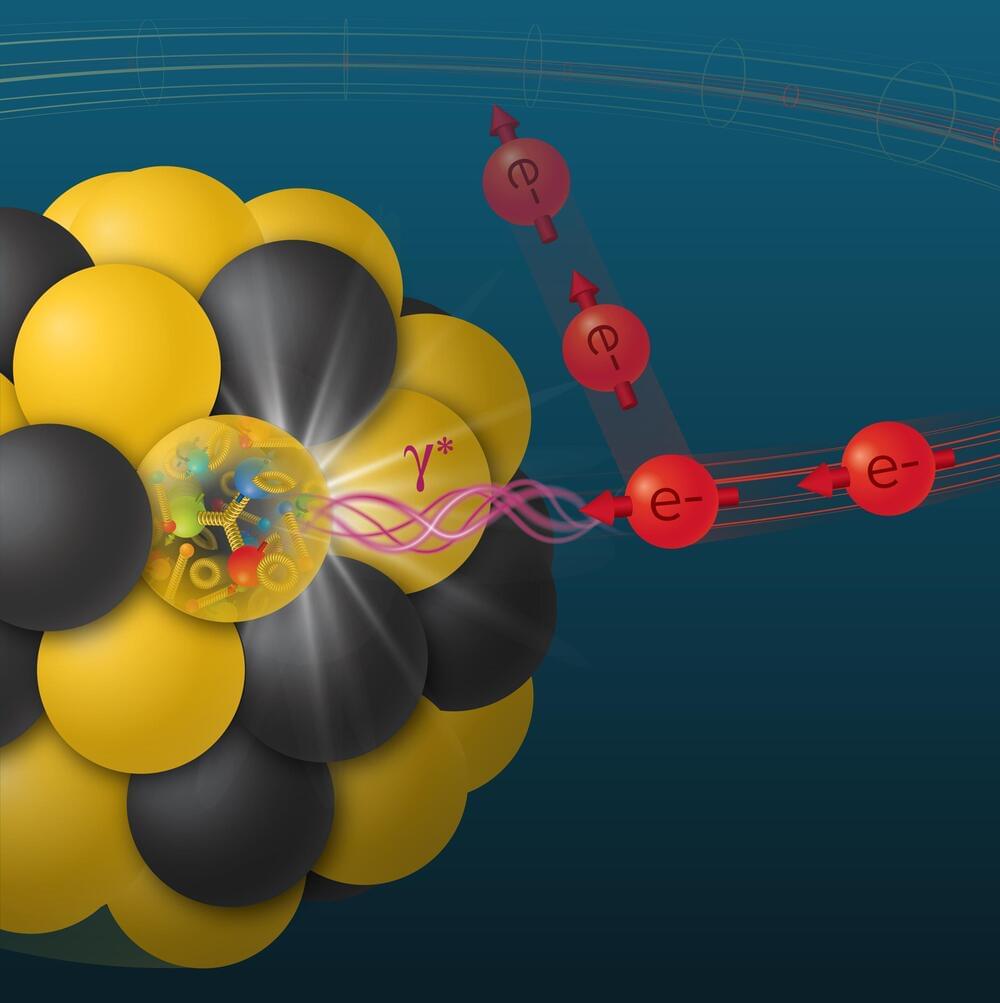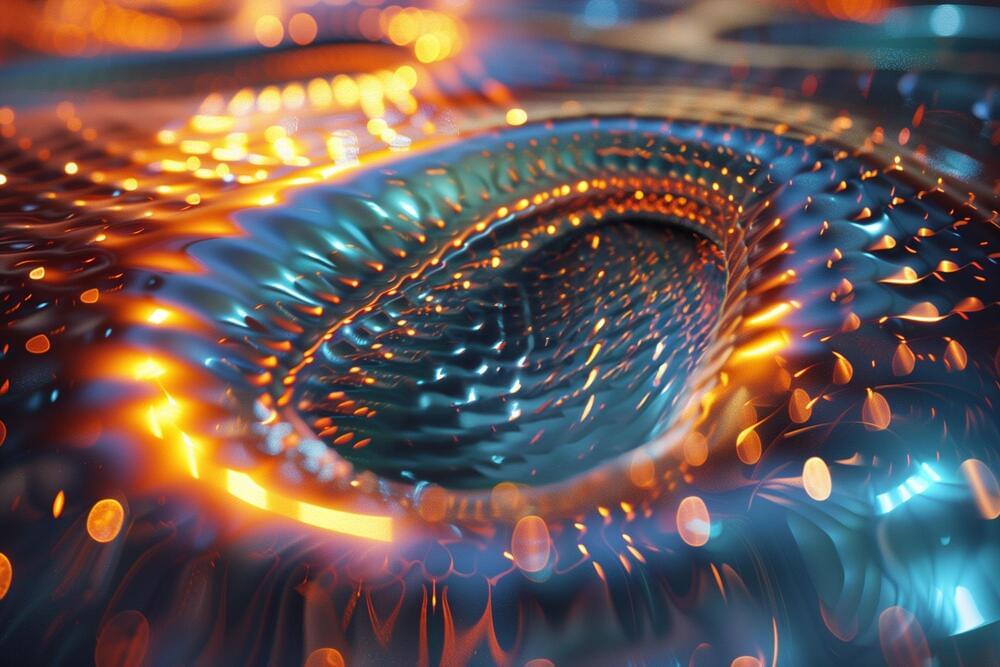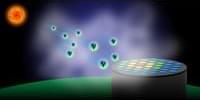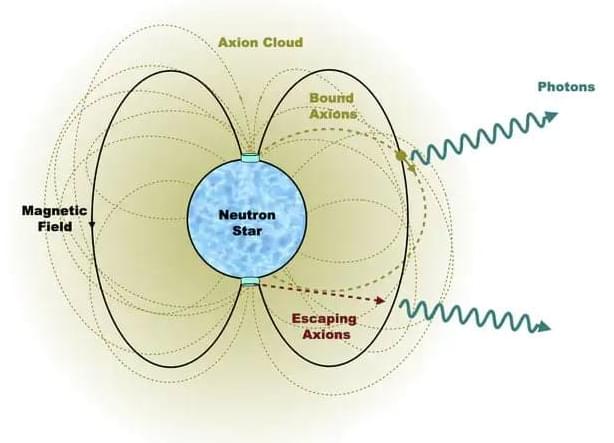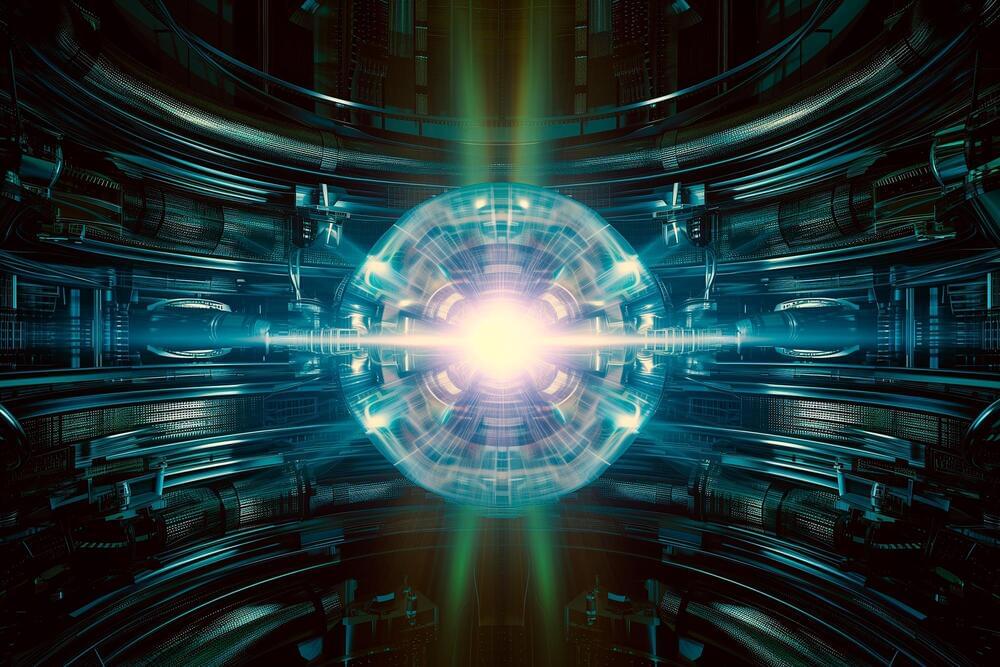Two researchers at The University of Alabama in Huntsville (UAH) have published a paper that demonstrates for the first time that a subluminal warp drive is possible within the bounds of known physics without the need to employ exotic unknown forms of matter or energy, while also advancing our understanding of gravity. UAH alumnus Dr. Jared Fuchs led a team of physicists that produced the paper, supported by Dr. Christopher Helmerich, also an alumnus of UAH, a part of the University of Alabama System, both working in conjunction with the New York-based Applied Propulsion Laboratory of Applied Physics (APL).
When Mexican physicist Miguel Alcubierre first proposed his theoretical warp drive in 1994, the concept required a bubble of ‘negative energy density’ around an object to create an imbalance in space-time, generating motion without movement of the craft, thus avoiding violations of the speed-of-light limit. But the Star Trek dream comes with a catch: it would have to be powered by either exotic particles that haven’t yet been discovered, or the mysterious dark energy thought to drive the expansion of the universe, currently viewed by most physicists as not remotely achievable.
Fuch’s team’s Constant-Velocity Subluminal Warp Drive, however, offers a new means of propulsion that allows it to operate at constant subluminal speeds, while still conforming to Einstein’s theory of general relativity, with no need for ‘unphysical’ forms of matter required by previous designs.
